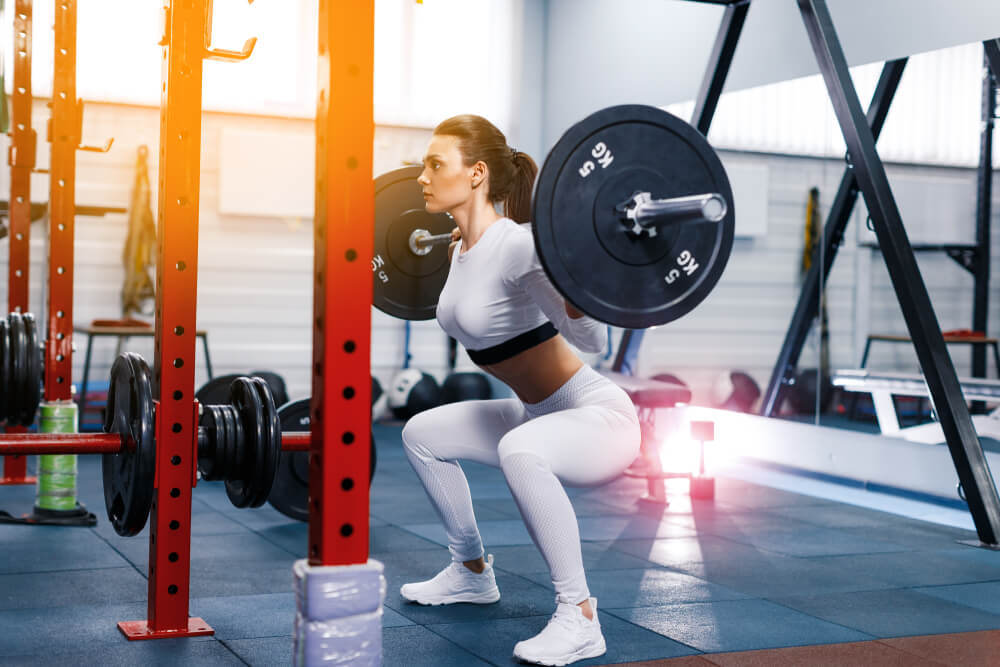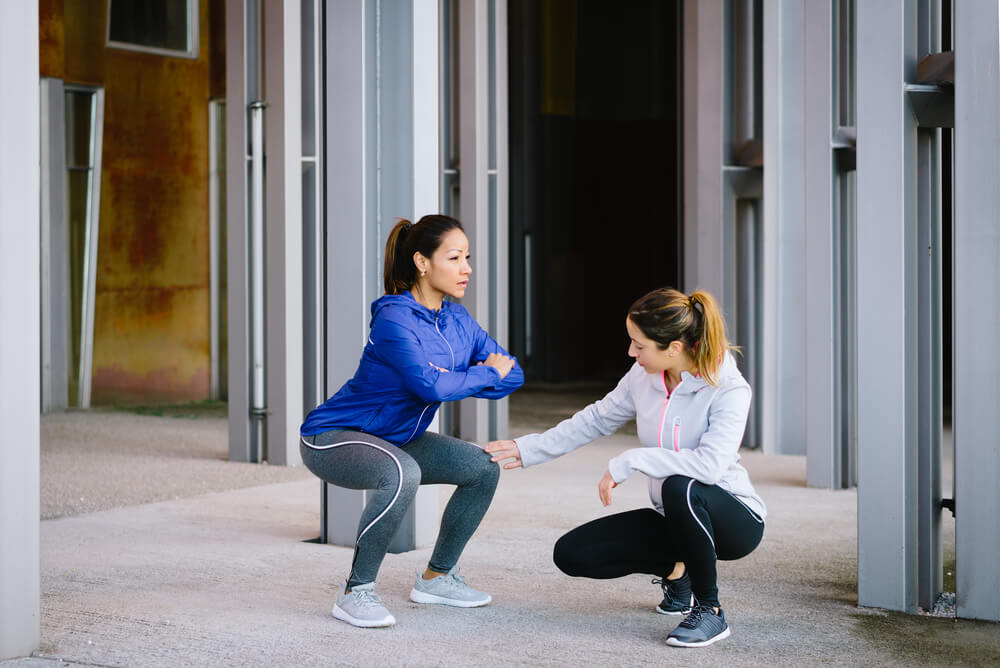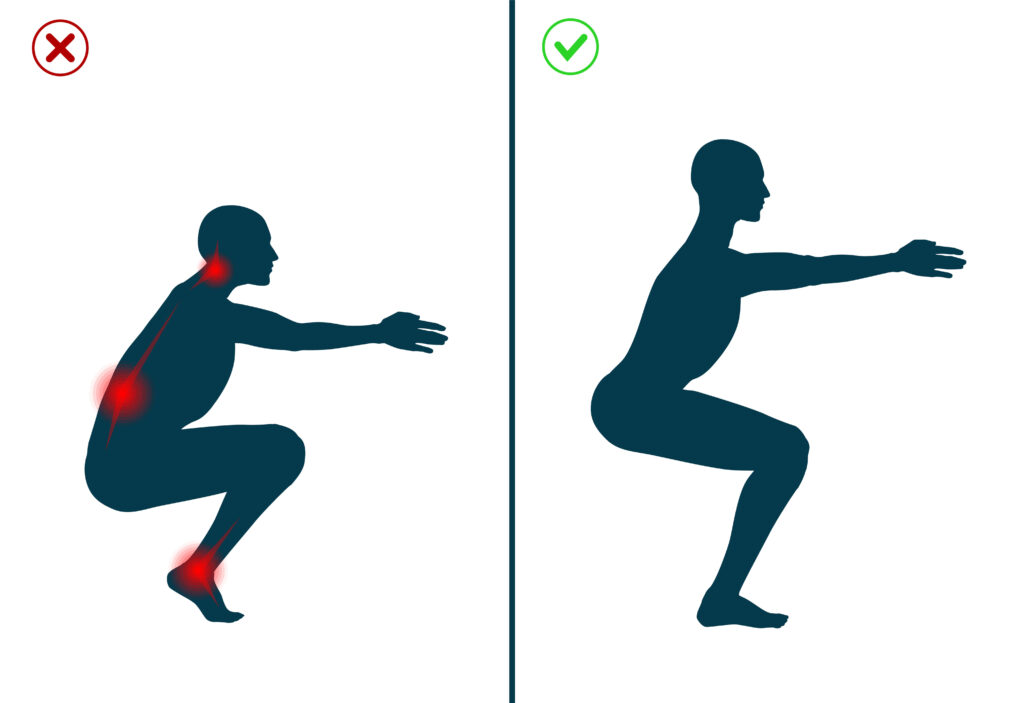Squat ; It is one of the most valuable exercises for all sports, whether it be bodybuilding, fitness, CrossFit or whatever it is called.
Squat, which effectively exercises the lower body area and is one of the most preferred movements in this respect, is not easy to perform, contrary to popular belief. Moreover, when done incorrectly, it can invite many injuries as different muscles are targeted incorrectly.
Therefore, it is an important movement to do it correctly and focus on the right muscles. In this article, we shared the tips you need to ensure that you can squat correctly and properly.
How to Do Squats?
If you want to squat at a professional level, you must first learn the logic of squatting. You should be aware of which muscles are activated when you squat and which muscles you use to do this exercise.
For example, when doing squats, you should remember that the main muscles targeted are the muscles in the hip area. Squatting and standing up with the power you get from your waist or legs will only result in a loss of energy.
And this movement will turn from a complex hip exercise into a leg exercise only.
Click to learn which muscles the squat exercise focuses on: Which Muscles Does the Squat Work?
Accordingly, you can follow the steps below for the most correct squat movement you can perform.

- Stand upright with your feet slightly wider than shoulder width apart.
- Have your toes slightly outward, facing forward.
- Make sure both your legs are in the same plane. One should not be ahead or behind the other. This throws you off balance.
- When starting the movement, keep your neck, shoulders and spine upright and look straight ahead.
- Slowly bend your knees, shifting your weight onto your heels.
- Squat down until your hips are parallel with the floor.
- Make sure that your knees do not exceed your toes in the squatting position.
- Step on your heels, rise up with the power you get from your hips and return to the starting position.
Most Common Squat Mistakes
Knees Bending Inward

If the power is taken from the knees while doing the squat movement , they usually collapse inwards. This means you are doing the exercise wrong.
When taking off, do not let your knees collapse inward and rise by taking your strength from your hips. This may be difficult to achieve in the beginning. Therefore, you can use a resistance band to stabilize your knees.
Not Squatting Enough
It is very important to squat sufficiently so that the hip muscles can be active and all muscles can be exercised. While squatting, the hips should be in a position at least parallel to the floor.
Going lower also helps work the inner legs during take-off. However, the hip should never remain higher than these positions. Otherwise, the power and target will be only in the legs, which will reduce the efficiency of the squat exercise.
Lifting the Heels
One of the biggest mistakes made during the movement is to lift the heels in the air while in the squatting position.
This causes your body balance to deteriorate and the weight to be transferred to the lower legs. Therefore, it again turns into a leg exercise.
In order for the weight to always remain on the hips, it is necessary not to lift the heels in the air, but to apply pressure to the heels.
Hunching the Spine

Position is very important in squat exercise. The shoulders, neck, head and spine in the starting position must be straight. Most of the time when squatting, the spine tends to hunch outwards.
If the spine is hunched, there may be a risk of injury as the load is placed on that area and it may cause the movement to be performed incorrectly. Therefore, the straight position of the spine must be maintained both during squatting and rising.
Fast Hip Raise
Many athletes, especially at the beginner level, lift their hips too quickly when performing the exercise. This sudden movement not only creates the risk of injury, but also reduces the efficiency of the exercise.
It is very important to wait for approximately 1 – 2 seconds while in the squatting position and to move slowly both when squatting and getting up, in order to perform the squat in the best way possible.



